Converting Leads into Viable Opportunities: The Art of Lead Qualification
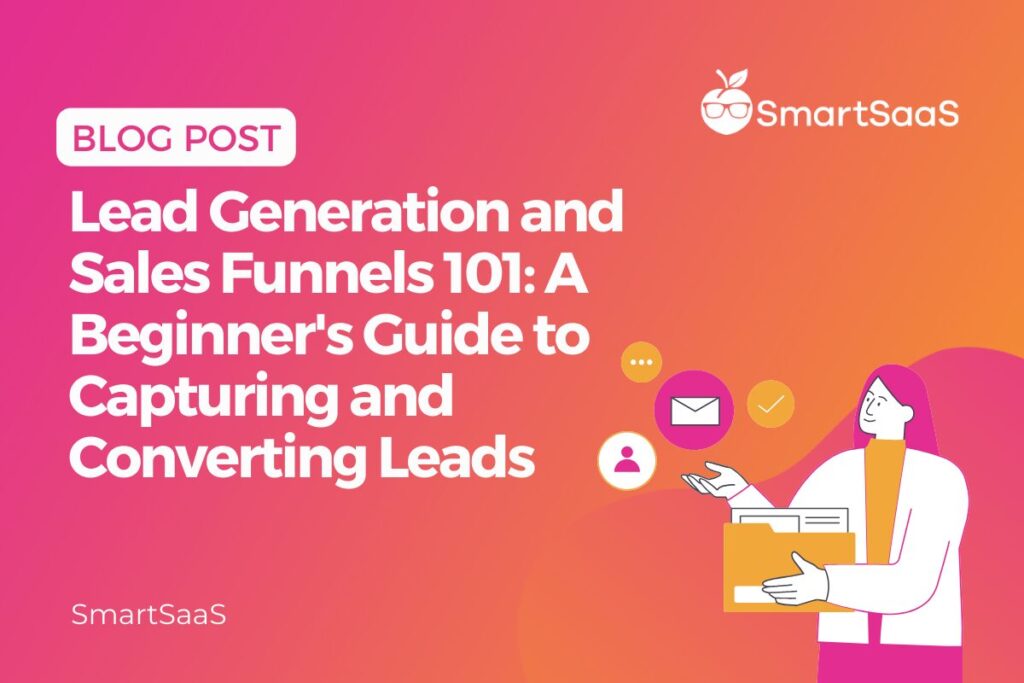
Drawing in prospective clients marks the initial phase of carving a path to sustained sales success. The real strength, however, lies in transforming these prospects into profitable opportunities that can significantly boost profits. This key step of evaluating the viability and quality of these potential customers is termed lead qualification.
In this blog, we’ll delve into the reasons lead qualification is a cornerstone of our sales methodology. We’ll examine a valuable resource known as the BANT framework, which is instrumental in assessing and determining the critical aspects of lead qualification. By grasping the significance of lead qualification and employing the BANT framework, companies can enhance their sales strategies, paving the way for increased revenue and enduring success.
The Significance of Lead Qualification in the Sales Process
Lead qualification determines the quality and potential of a sales lead. It involves evaluating various factors to identify which leads are most likely to convert into paying customers. This process offers several advantages, such as improved customer selection.
Improved Customer Selection: The lead qualification allows sales teams to understand each prospect’s specific needs, challenges, and goals. This information enables personalized and targeted communication, increasing the chances of meeting customer expectations and building stronger relationships.
Enhanced Sales Productivity: Sales teams can streamline their efforts and avoid spending time on leads that are not a good fit. This brings more productivity as sales professionals can devote more time to nurturing and closing deals with promising prospects.
Shortened Sales Cycle: The lead qualification process helps identify leads that are ready to make a purchasing decision. Targeting these leads will shorten the sales cycle and accelerate the conversion process.
Increased Revenue Generation: With the identified leads, sales teams can maximize their chances of closing deals and generating revenue. This focused approach allows for the efficient use of resources and improved revenue outcomes.
Better Alignment with Marketing Efforts: The lead qualification provides valuable feedback to the marketing team, allowing them to refine their strategies and campaigns. This alignment ensures marketing efforts target the right audience and helps optimize lead generation activities.
With the lead qualification, you can accelerate the achievement of your target sales in a short period of time.
The BANT Framework: Assessing Lead Qualification Factors
One widely used framework for lead qualification is BANT, which stands for Budget, Authority, Need, and Timeline. This framework provides a structured approach to assess the readiness of a prospect to make a purchasing decision.
Budget
When evaluating a prospect’s financial capacity, gathering detailed information about their budget is essential. By asking them about their budget allocation, you can determine if they have the necessary resources to afford what you offer. It may also involve analyzing their past spending patterns or their projected budget for the coming period. This information allows you to tailor your sales approach and pricing to fit their financial capabilities.
Authority
Why is it important to know who started or led a company?
These people make decisions and have the power to approve or reject what the company purchase. To find out who these decision-makers are, you can search online or look at their social media profiles related to their business. Suppose you need help finding the right people. In that case, you can ask the employees or send an email with specific questions about the company structure and key people’s important roles and responsibilities. By understanding who has the power to make decisions, you can focus on connecting with the right individuals. This way, you can ensure your sales pitch resonates with those who can influence or finalize the purchases.
Need
One of the most common and helpful things to qualify a lead is to uncover their specific pain points, challenges, and objectives. It requires active listening and effective communication skills during your interactions. You may ask them open-ended questions and actively engage in conversations. It can encourage the prospects to share their needs and goals. This information helps you understand their unique circumstances and requirements, enabling you to position your product or service as a solution that directly addresses their pain points. Demonstrating how your offering can meet their needs can establish a strong value proposition that can convert a lead into a customer.
Timeline
A sales professional must also consider the prospect’s urgency to address their problem or meet their needs. Urgent opportunities may require immediate attention, while leads with longer timelines can be nurtured over a more extended period. Understanding the prospect’s timeline helps you allocate resources effectively and focus on opportunities that are more likely to result in a closed sale within the desired timeframe.
Incorporating the BANT Framework in your lead qualification process enhances your decision-making and ensures that your efforts are focused on leads with the highest potential for success.
The Value of Knowing Your Target Audience’s Pain Points
Understanding your target audience’s pain points is the key to developing effective marketing and sales strategies. You can position yourself as a trusted partner who understands their needs and provides the solutions they seek. Knowing your audience leads to these advantages:
Effective Communication
Understanding your target audience’s pain points allows you to communicate more effectively during sales. By addressing their specific challenges and concerns, you can tailor your sales pitch to resonate with potential customers, making it more likely for them to see the value in your product or service.
Builds Trust and Relationships
Expressing that you understand your audience’s problems helps them trust and believe in you. Customers who feel you genuinely realize their needs and struggles are likelier to keep your recommendations and solutions. Trust is a crucial factor in closing sales and fostering long-term customer relationships.
Customized Solutions
Knowing your audience’s pain points lets you offer personalized solutions that address their unique problems. Adapting your products to meet their needs boosts sales success, as customers are more inclined to invest in products or services that directly alleviate their pain points.
Overcoming Objections
When you know what troubles your customers, you can predict and deal with their doubts and questions while selling. Addressing their worries upfront can ease their hesitations and guide them toward making a confident purchase.
Effective Practices to Maximize Lead Conversion
Lead qualification empowers sales teams to prioritize efforts and achieve maximum conversions. Through the process of identifying and assessing potential leads, sales teams can significantly enhance their productivity and close deals effectively. Here’s how you conduct a lead-qualifying process:
Conduct Early Lead Qualification
Qualifying leads early in the sales process is a critical step that can significantly impact the effectiveness and success of a sales team. When sales representatives take the time to assess and identify the most promising leads, they can focus their efforts on prospects with a higher probability of converting into customers.
Avoid Wasting Time on Prospects Unlikely to Convert
The lead qualification allows sales teams to allocate their limited resources more efficiently, such as time and energy. Instead of pursuing every lead, they can prioritize those that show genuine interest or align with the ideal customer profile. This targeted approach ensures that sales representatives invest their efforts where it matters most, maximizing their productivity and effectiveness.
Focus on High-Potential Leads
Once high-potential leads have been identified, you can now focus on nurturing these relationships. Consider investing more time in understanding these leads’ specific needs and pain points, tailoring your sales approach to address the leads’ concerns effectively. Furthermore, promptly addressing concerns and providing clear and relevant information enhances the lead’s confidence in deciding on purchasing.
Strategies and Tools for Lead Qualification
To improve lead qualification, sales teams can use different tools and methods to collect data, analyze it, and automate some tasks. Here are some ways and popular tools that can make your lead qualification faster and more effective:
Conduct Intensive Research and Gathering Relevant Data.
Thorough research and data gathering are essential components of effective lead qualification. Utilize online resources, social media platforms, and industry reports to gather relevant prospect information. This data can be used to adjust your sales approach and enhance your understanding of each lead’s potential.
Set Clear Qualification Criteria
Establish clear and measurable qualification criteria with your marketing and sales teams. Define what constitutes a Marketing Qualified Lead (MQL) and a Sales Qualified Lead (SQL). It ensures a smooth handoff between marketing and sales teams and prevents wasted efforts on leads that are not ready for sales engagement.
Make Use of the Best CRM Systems and Automation Tools
Customer Relationship Management (CRM) systems are a centralized hub for lead management, customer data storage, and interaction tracking. Combined with automation tools, they offer an efficient way to streamline lead qualification through task automation, lead scoring, and valuable insights. Check out the following list of the most widely used tools in the market:
Salesforce: One of the most popular and comprehensive CRM systems used by businesses of all sizes for sales, marketing, and customer service.
HubSpot CRM: A user-friendly and feature-rich CRM platform that integrates with marketing and sales automation tools.
Zoho CRM: A flexible CRM system with various customizable features for small to large businesses.
Pipedrive: A sales-focused CRM designed to simplify the sales process and pipeline management.
Insightly: A CRM with project management features suitable for small and mid-sized businesses.
Agile CRM: Combines sales, marketing, and service automation in one platform, ideal for startups and small businesses.
Freshsales: Part of the Freshworks suite, this CRM offers AI-powered lead scoring and sales automation features.
Salesflare: An intelligent CRM that automates data entry and provides sales insights.
Implement Lead-Scoring Techniques
Lead scoring is a technique that assigns a numerical value to leads based on predefined criteria. It can be implemented using CRM systems or specialized software. There are various lead-scoring techniques commonly used in sales. Here’s a list of these techniques you can choose and apply to your sales process:
Demographic Scoring: Assigning scores based on a lead’s characteristics, such as job title, company size, industry, location, and other relevant demographic information.
Behavioral Scoring: Assessing a lead’s engagement with your website, emails, content, and other touchpoints. Actions like opening emails, visiting key web pages, or downloading resources can earn points.
Lead Source Scoring: Differentiating leads based on the channels through which they were acquired. Leads from high-converting sources may receive higher scores.
Engagement Scoring: Measuring the level of interaction and responsiveness a lead has exhibited during communication or interactions with your sales team.
Time-Based Scoring: Assigning scores based on the recency and frequency of interactions. Recent interactions or consistent engagement may indicate higher interest.
Fit Scoring: Evaluating how well a lead matches your ideal customer profile and target market. Leads that closely align with your target criteria receive higher scores.
Email Engagement Scoring: Assessing a lead’s email responsiveness, such as opening emails, clicking links, and replying, to gauge their interest.
Content Engagement Scoring: Tracking the type and frequency of content a lead consumes, with more engagement indicating more vital interest.
Lead Grading: Assessing leads based on their readiness to purchase, financial capacity, and fit with your solution or product.
Implementing lead-scoring techniques in your sales process can effectively prioritize leads based on their potential. It enables you to concentrate on the most promising leads and increase your chances of successful conversions.
To Wrap Things Up
Lead qualification is essential in converting leads into significant opportunities, thereby fueling sales achievements. Utilizing the BANT framework offers a systematic method for evaluating key factors in lead qualification, including budget, authority, need, and timeline. By identifying and addressing the specific challenges of your target market and tailoring your solutions to meet these needs, you can more efficiently qualify leads and improve your conversion prospects. Implementing various tools and strategies, along with adhering to best practices, further bolsters the process of lead qualification.
Embracing these methods and focusing diligently on lead qualification enables sales teams to enhance their conversion rates, boost sales growth, and achieve long-term success.

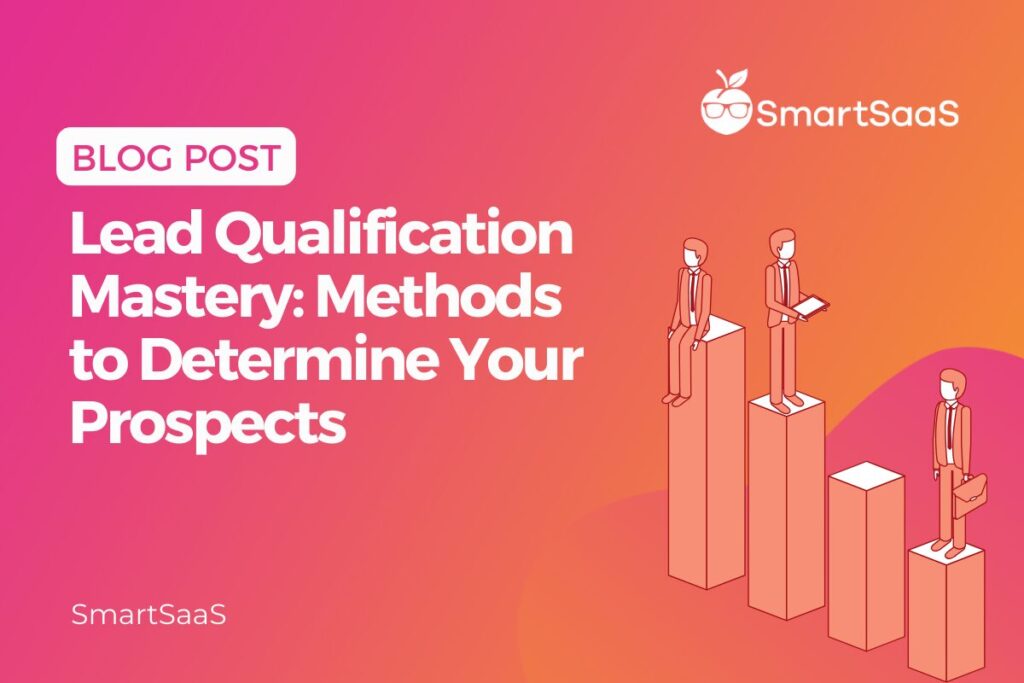
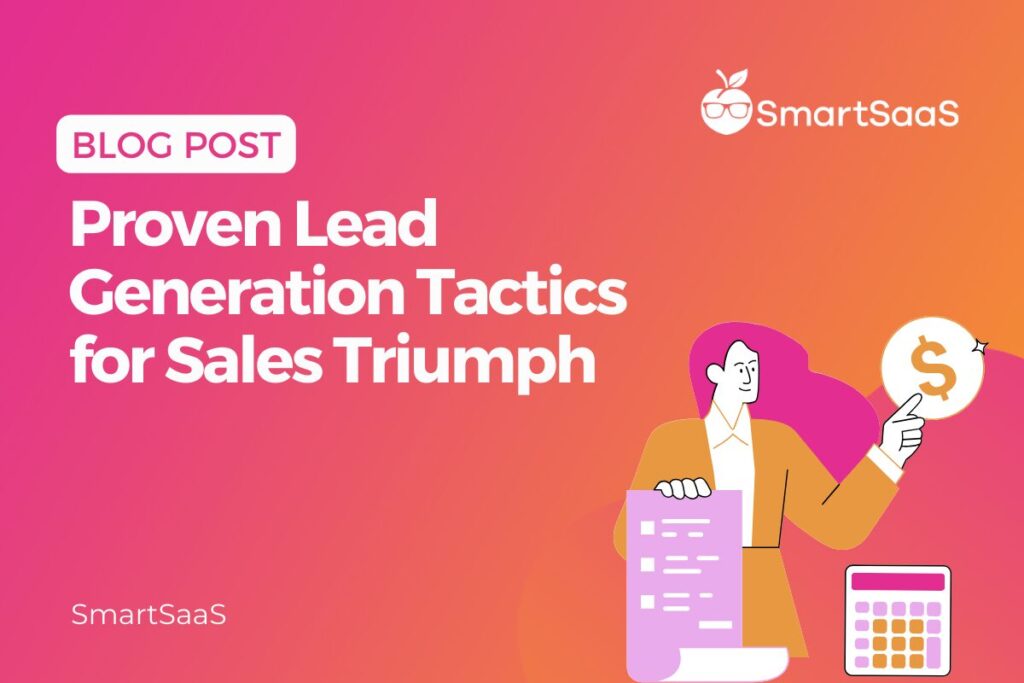
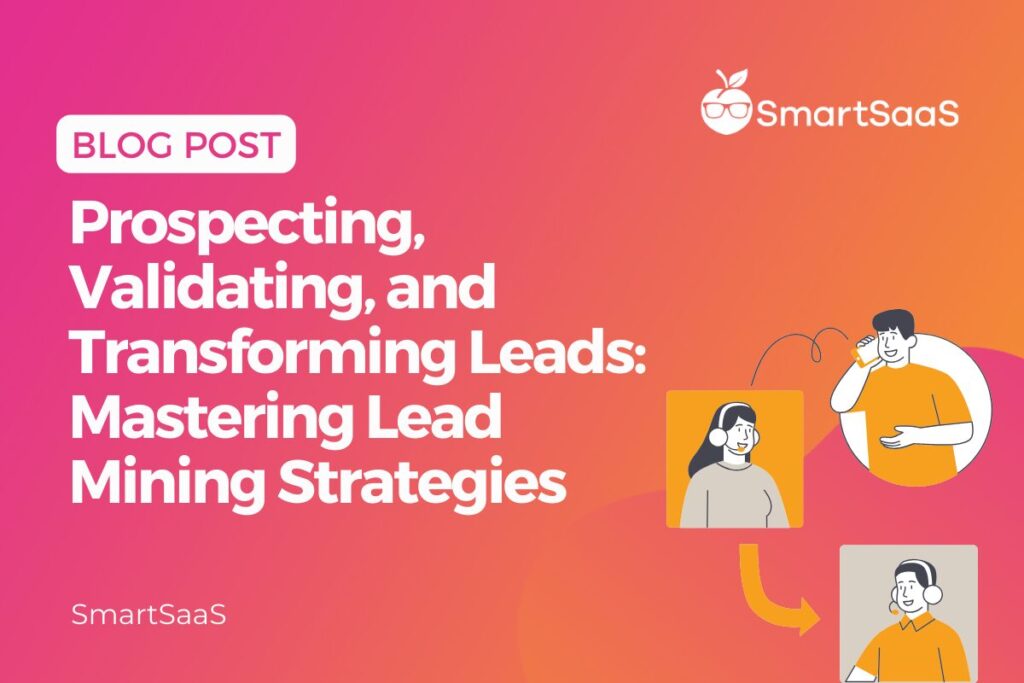
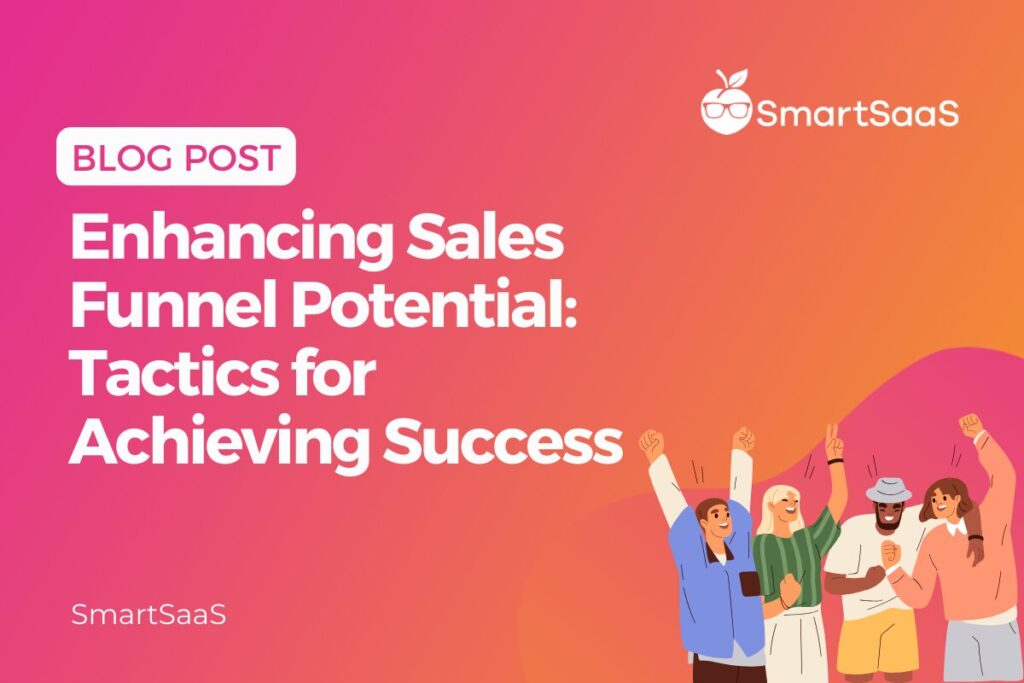
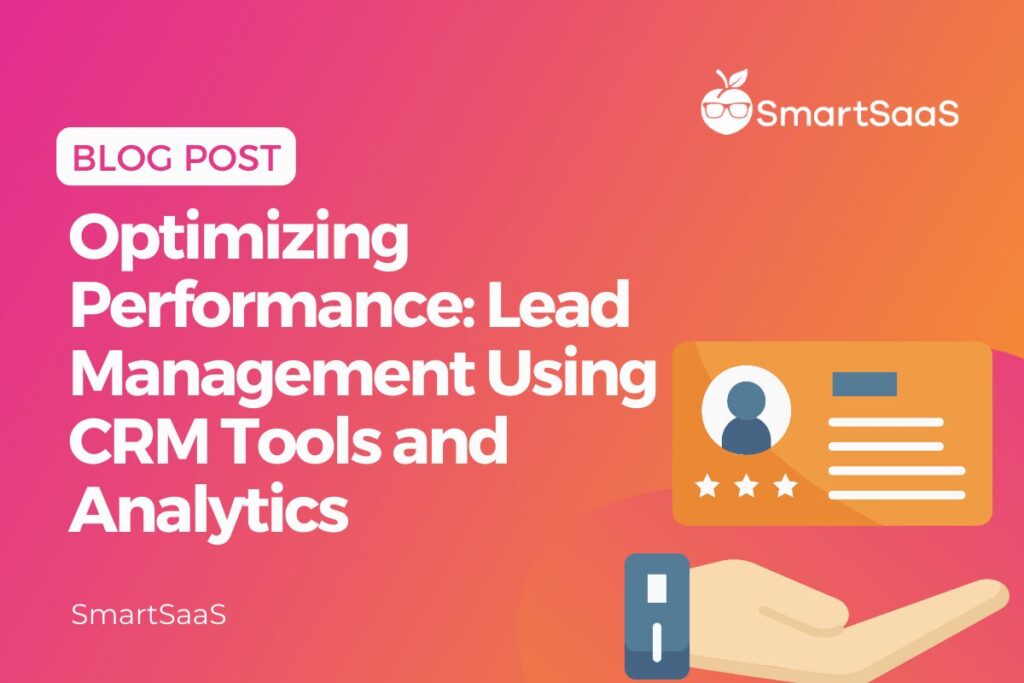
Responses